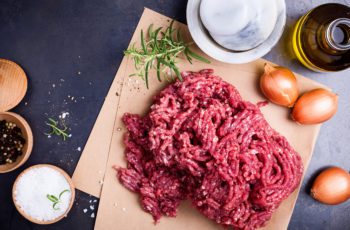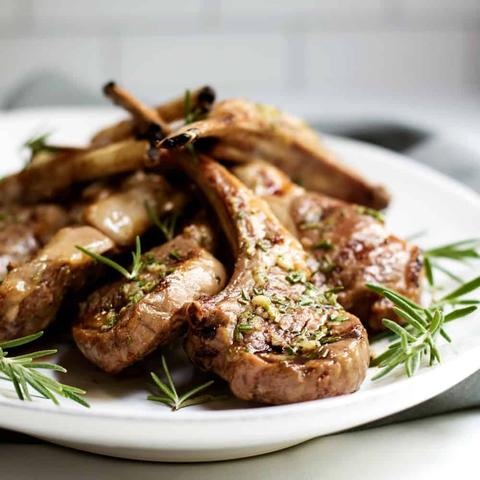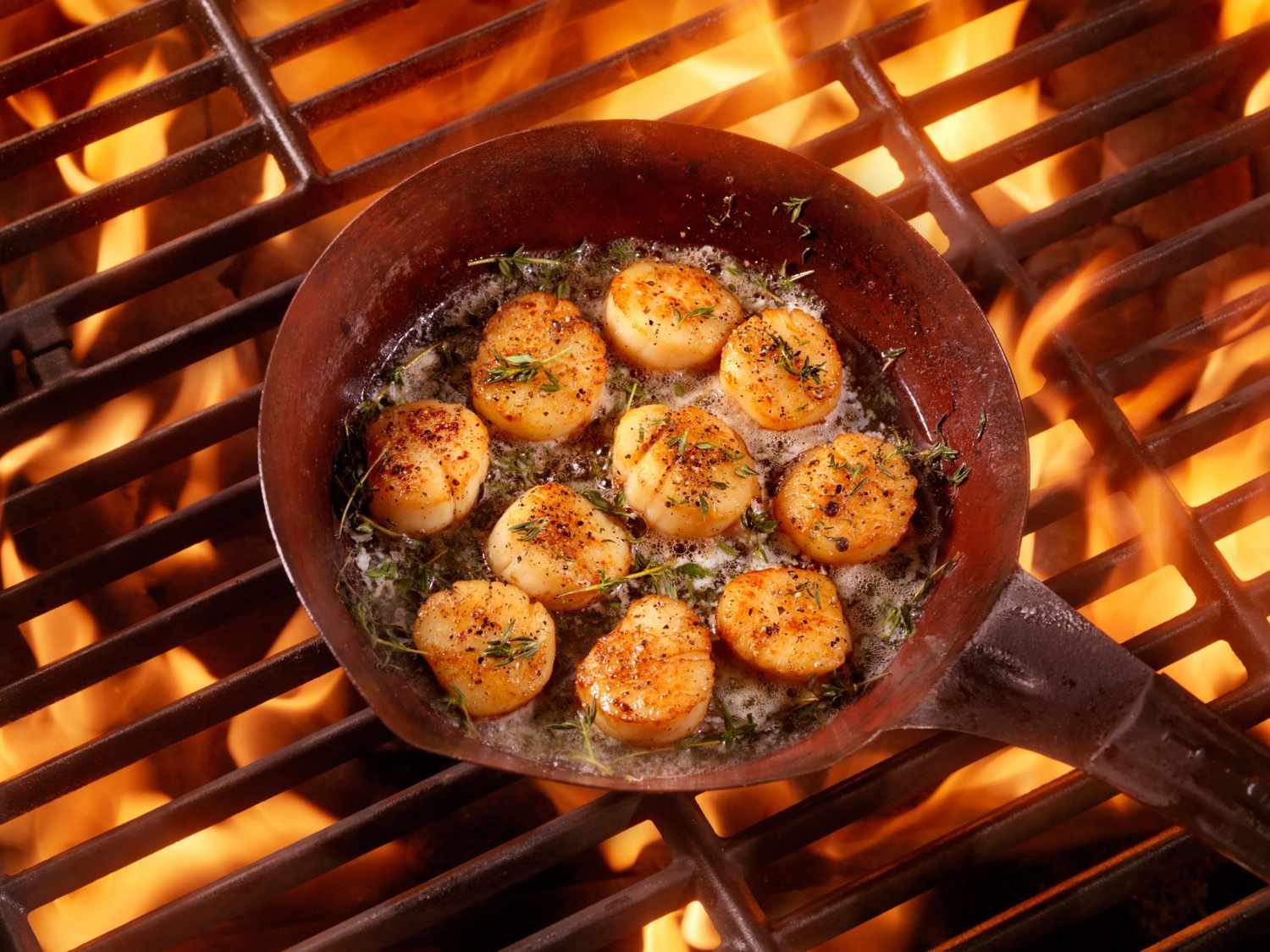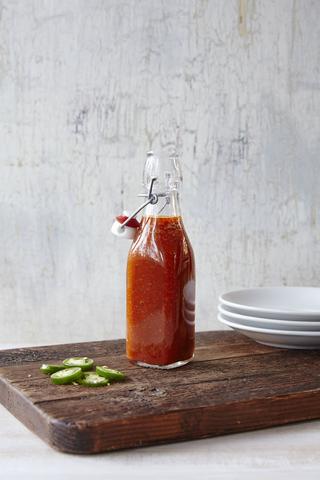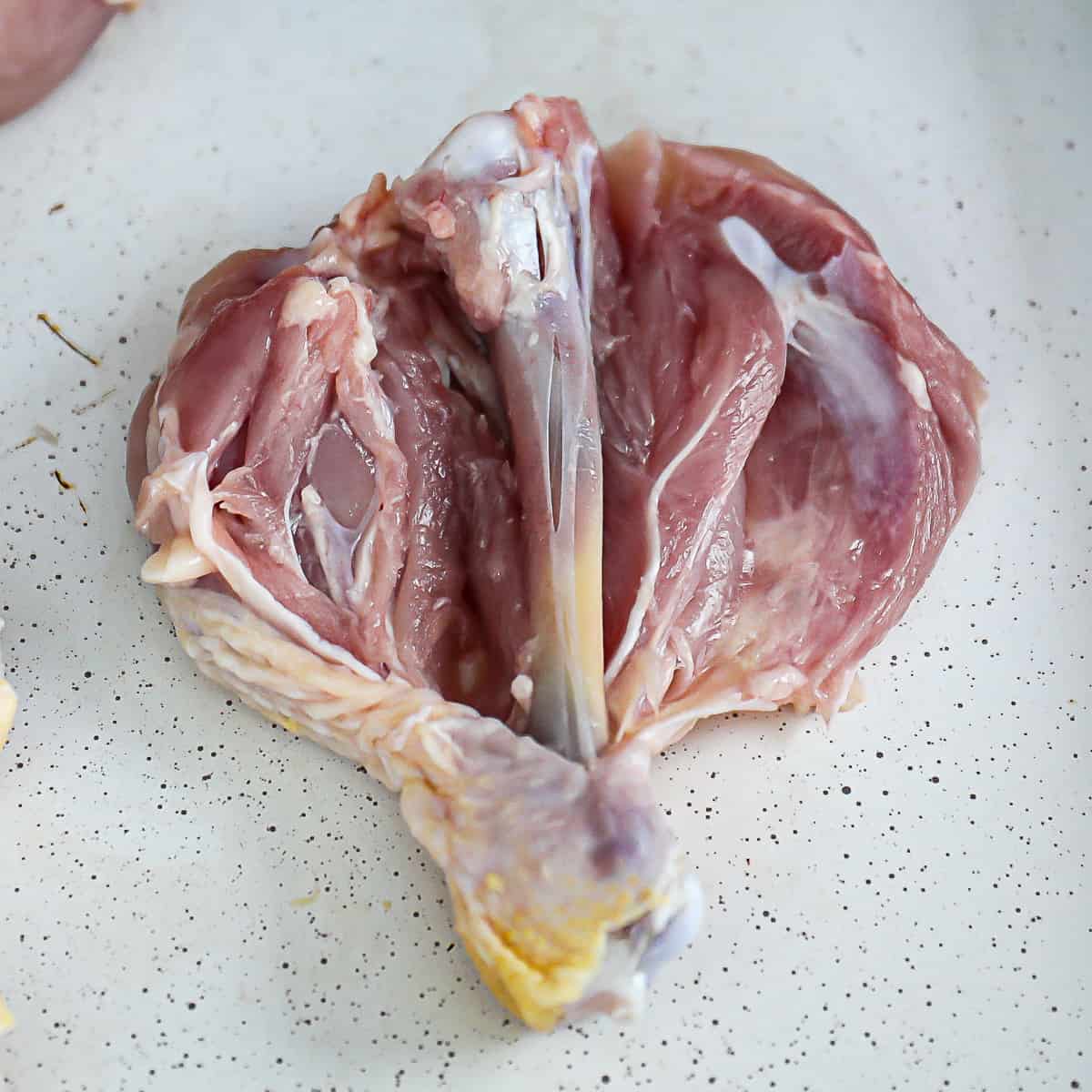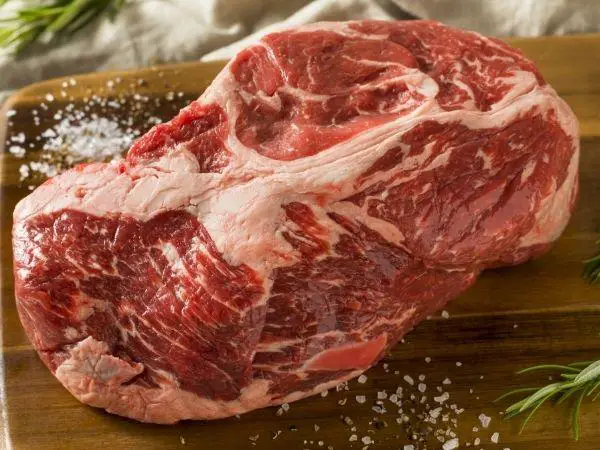
1. “Perfectly Cooked Salmon: Baking Time and Temperature”

Introduction
Cooking salmon to perfection requires careful attention to the baking time and temperature. Salmon is a delicate fish that can easily become dry if overcooked or undercooked. By following the recommended guidelines for baking time and temperature, you can ensure that your salmon turns out moist, flavorful, and perfectly cooked.
Baking Time
The baking time for salmon will depend on the thickness of the fillet or steak. As a general rule, you should bake salmon at 400°F (200°C) for about 12-15 minutes per inch of thickness. For example, if your salmon fillet is 1 inch thick, it will take approximately 12-15 minutes to cook through. If your fillet is thicker or thinner, you may need to adjust the baking time accordingly.
Baking Temperature
The recommended baking temperature for salmon is 400°F (200°C). This temperature allows the fish to cook evenly without drying out or becoming overly mushy. The high heat helps to seal in the moisture and create a deliciously flaky texture. It is important not to exceed this temperature as it can cause the salmon to become dry and tough.
- For medium-rare salmon: Bake at 400°F (200°C) for about 10-12 minutes per inch of thickness.
- For medium-well salmon: Bake at 400°F (200°C) for about 14-16 minutes per inch of thickness.
- For well-done salmon: Bake at 400°F (200°C) for about 18-20 minutes per inch of thickness.
Remember to always check the internal temperature of your salmon using a meat thermometer. The ideal internal temperature for cooked salmon is 145°F (63°C). Insert the thermometer into the thickest part of the fillet or steak to ensure accurate readings.
Tips for Perfectly Cooked Salmon
– Before baking, pat the salmon dry with paper towels to remove excess moisture. This will help the fish cook more evenly.
– Season your salmon with your favorite herbs, spices, or marinades to enhance its flavor.
– If you prefer a crispy skin, place the salmon skin-side down on a baking sheet lined with parchment paper.
– To prevent sticking, lightly oil the baking sheet or use non-stick cooking spray.
– Let the salmon rest for a few minutes after baking before serving. This allows the juices to redistribute and results in a more tender and flavorful fish.
By following these guidelines for baking time and temperature, you can achieve perfectly cooked salmon that is moist, flaky, and full of flavor. Experiment with different seasonings and accompaniments to create your own unique culinary masterpiece. Enjoy!
2. “Delicious Salmon Recipe: Baking at 350 Degrees”
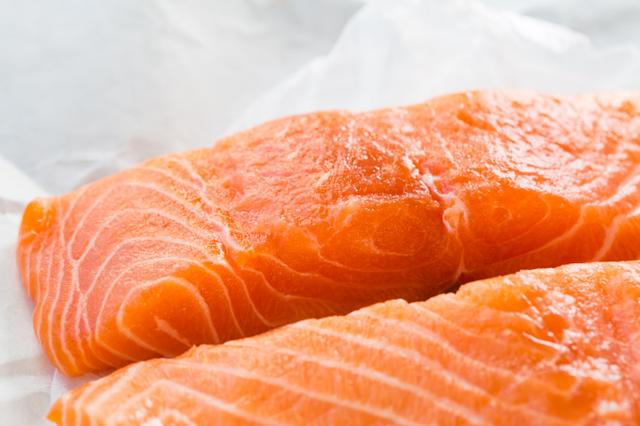
Introduction
Salmon is a versatile and delicious fish that can be prepared in various ways. One popular method is baking it at 350 degrees Fahrenheit, which helps to retain its moisture and flavor. In this recipe, we will guide you through the steps to create a mouthwatering baked salmon dish.
Ingredients:
– Fresh salmon fillets
– Olive oil
– Lemon juice
– Salt and pepper
– Garlic powder
– Dried dill
Instructions:
1. Preheat your oven to 350 degrees Fahrenheit.
2. Rinse the salmon fillets under cold water and pat them dry with a paper towel.
3. Place the salmon fillets on a baking sheet lined with aluminum foil.
4. Drizzle olive oil over the fillets and rub it evenly to coat both sides.
5. Squeeze fresh lemon juice over the salmon for added flavor.
6. Sprinkle salt, pepper, garlic powder, and dried dill evenly over each fillet.
7. Gently press the seasonings onto the fish to ensure they adhere well.
8. Place the baking sheet with the seasoned salmon into the preheated oven.
9. Bake for approximately 12-15 minutes or until the salmon flakes easily with a fork.
10. Remove from the oven and let it rest for a few minutes before serving.
Serving Suggestions:
– Serve the baked salmon with a side of steamed vegetables or roasted potatoes for a complete meal.
– Garnish with fresh herbs such as parsley or chives for an extra pop of color and flavor.
– Drizzle some homemade lemon butter sauce over the cooked salmon for added richness.
Enjoy this delicious baked salmon recipe as a healthy and flavorful option for your next meal.
3. “Easy and Flavorful Baked Salmon at 350 Degrees”
Salmon is a versatile and delicious fish that can be prepared in various ways. One of the easiest and most flavorful methods is baking it at 350 degrees Fahrenheit. This cooking temperature allows the salmon to cook evenly and retain its moisture, resulting in a tender and flaky texture.
To start, you’ll need fresh salmon fillets or steaks. It’s important to choose high-quality salmon for the best flavor. You can season the salmon with a variety of herbs and spices, such as dill, lemon pepper, garlic powder, or paprika. The choice of seasoning depends on your personal preference.
Preheat your oven to 350 degrees Fahrenheit (175 degrees Celsius) while you prepare the salmon. Place the salmon fillets or steaks on a baking sheet lined with parchment paper or aluminum foil for easy cleanup. Drizzle some olive oil over the salmon to keep it moist during cooking.
Next, sprinkle your chosen seasonings evenly over the salmon. You can also add a squeeze of fresh lemon juice for extra brightness and flavor. If desired, you can top the salmon with thinly sliced lemons or fresh herbs like dill or parsley for an attractive presentation.
Once your oven is preheated, place the baking sheet with the seasoned salmon into the oven. Bake for about 12-15 minutes or until the internal temperature reaches 145 degrees Fahrenheit (63 degrees Celsius). Cooking time may vary depending on the thickness of your salmon fillets or steaks.
When done, remove the baked salmon from the oven and let it rest for a few minutes before serving. This resting period allows the juices to redistribute within the fish, ensuring maximum flavor and tenderness.
Baked salmon at 350 degrees is not only easy to prepare but also packed with flavor. The gentle heat of the oven cooks the fish perfectly without drying it out. Serve your baked salmon with a side of steamed vegetables, roasted potatoes, or a fresh salad for a complete and nutritious meal. Enjoy!
4. “Step-by-Step Guide to Baking Salmon at 350 Degrees”
Gather the Ingredients
To bake salmon at 350 degrees, you will need the following ingredients:
– Fresh salmon fillets
– Olive oil
– Salt and pepper
– Lemon slices (optional)
– Fresh herbs like dill or parsley (optional)
Prepare the Salmon
1. Preheat your oven to 350 degrees Fahrenheit.
2. Line a baking sheet with aluminum foil or parchment paper to prevent sticking.
3. Place the salmon fillets on the prepared baking sheet.
4. Drizzle olive oil over each fillet and season with salt and pepper to taste.
5. If desired, place lemon slices on top of each fillet for added flavor.
6. Sprinkle fresh herbs over the salmon for an extra burst of freshness.
Bake the Salmon
1. Once the oven is preheated, carefully place the baking sheet with the salmon in the oven.
2. Bake for approximately 12-15 minutes or until the salmon is cooked through and flakes easily with a fork.
3. The cooking time may vary depending on the thickness of your salmon fillets, so keep an eye on them to avoid overcooking.
Serve and Enjoy
1. Remove the baked salmon from the oven and let it rest for a few minutes before serving.
2. Serve hot with your favorite side dishes such as roasted vegetables, rice, or salad.
3. Squeeze fresh lemon juice over the salmon before serving for an extra zing of citrus flavor.
Follow these simple steps to bake delicious salmon at 350 degrees Fahrenheit, and enjoy a nutritious and flavorful meal!
5. “Achieving Tender and Moist Salmon: Baking Tips at 350 Degrees”
Introduction
When it comes to cooking salmon, achieving a tender and moist texture is key. Baking salmon at 350 degrees Fahrenheit can be a great method to achieve this desired result. In this article, we will explore some baking tips that can help you cook salmon perfectly every time.
Tips for Achieving Tender and Moist Salmon
1. Choose the right cut of salmon: When baking salmon, it is important to choose the right cut of fish. Opt for fresh salmon fillets or steaks that are thick and evenly sized. This will ensure even cooking and prevent overcooking.
2. Season properly: Before baking, season your salmon with salt, pepper, and any other desired herbs or spices. This will enhance the flavor of the fish while keeping it moist during the cooking process.
3. Use a baking dish or foil: To prevent sticking and ensure easy cleanup, line a baking dish with foil or parchment paper before placing your seasoned salmon on top. Alternatively, you can wrap the salmon in foil for a more enclosed cooking environment.
4. Add moisture: To keep the salmon moist while baking, consider adding some liquid to the baking dish or foil packet. This could be in the form of lemon juice, white wine, broth, or even a simple marinade. The added moisture will help infuse flavor into the fish and prevent it from drying out.
5. Monitor cooking time: Salmon cooks relatively quickly at 350 degrees Fahrenheit, so it’s important to monitor its progress closely. Overcooked salmon can become dry and tough. Depending on the thickness of your fillets or steaks, aim for an internal temperature of around 145 degrees Fahrenheit for perfectly cooked salmon.
6. Rest before serving: Once your salmon is cooked to perfection, allow it to rest for a few minutes before serving. This will help the juices redistribute throughout the fish, resulting in a more tender and moist final product.
By following these baking tips at 350 degrees Fahrenheit, you can achieve tender and moist salmon that is bursting with flavor. Whether you’re cooking for yourself or entertaining guests, this method is sure to impress. Enjoy your perfectly cooked salmon!
6. “Savor the Flavors: Baking Salmon at 350 Degrees”

Introduction
Baking salmon is a delicious and healthy way to enjoy this nutritious fish. One popular method for cooking salmon is to bake it at 350 degrees Fahrenheit. This temperature allows the salmon to cook evenly and retain its moisture, resulting in a tender and flavorful dish. In this article, we will explore the steps to baking salmon at 350 degrees and provide tips for savoring the flavors of this versatile fish.
Preparing the Salmon
Before placing the salmon in the oven, it’s important to properly prepare it. Start by selecting fresh or frozen salmon fillets that are of high quality. Thaw frozen fillets in the refrigerator overnight or use the defrost function on your microwave if you’re short on time. Once thawed, pat the fillets dry with paper towels to remove any excess moisture.
Next, season the salmon according to your taste preferences. A simple seasoning of salt, pepper, and lemon juice can enhance the natural flavors of the fish. You can also add herbs like dill or thyme for additional aroma and taste. Rub or sprinkle the seasonings onto both sides of the fillets, ensuring an even coating.
Baking Process
To bake the salmon at 350 degrees Fahrenheit, preheat your oven first. Place a baking sheet lined with parchment paper or aluminum foil in the oven while it preheats. This will prevent sticking and make cleanup easier.
Once preheated, carefully remove the hot baking sheet from the oven and place the seasoned salmon fillets onto it. Make sure there is enough space between each fillet to allow for even cooking.
Return the baking sheet with salmon to the oven and bake for approximately 12-15 minutes, depending on the thickness of your fillets. The salmon is cooked when it turns opaque and easily flakes with a fork. Be careful not to overcook the fish, as it can become dry and lose its tenderness.
Serving Suggestions
Once the salmon is baked to perfection, it’s time to savor the flavors. Serve the salmon fillets hot alongside your favorite side dishes. Some popular accompaniments include roasted vegetables, steamed rice, or a fresh salad.
For added flavor, drizzle some lemon juice or a homemade sauce over the salmon before serving. A creamy dill sauce or a tangy citrus glaze can complement the natural richness of the fish.
Remember to garnish your dish with fresh herbs like parsley or chives for a pop of color and freshness. These simple additions can elevate the overall presentation and taste of your baked salmon.
In conclusion, baking salmon at 350 degrees Fahrenheit is a fantastic way to enjoy this nutritious fish. By following these steps and adding your own personal touch, you can savor the flavors of perfectly baked salmon that will surely impress your family and friends.
7. “Mastering the Art of Baking Salmon: Time and Temperature Guidelines”

Introduction
Baking salmon is a delicious and healthy way to enjoy this popular fish. However, achieving the perfect texture and flavor can be a challenge if you don’t know the proper time and temperature guidelines. In this article, we will provide you with some tips and tricks to help you master the art of baking salmon.
Time Guidelines
The cooking time for baked salmon depends on various factors such as the thickness of the fillet or steak, the desired level of doneness, and the oven temperature. As a general rule, you should bake salmon at 375°F (190°C) for about 12-15 minutes per inch of thickness. For example, if your salmon fillet is 1 inch thick, it would take approximately 12-15 minutes to cook through.
However, it’s important to note that these are just guidelines and may vary depending on your personal preference. If you prefer your salmon more well-done, you can increase the cooking time accordingly. It’s always best to check for doneness by inserting a fork or knife into the thickest part of the fish – if it flakes easily and is opaque throughout, then it’s done.
Temperature Guidelines
The ideal internal temperature for baked salmon is around 145°F (63°C). This ensures that the fish is cooked through but still moist and tender. To accurately measure the internal temperature, use an instant-read thermometer inserted into the thickest part of the fillet or steak.
It’s important not to overcook salmon as it can become dry and lose its flavor. Remember that residual heat will continue to cook the fish even after it’s removed from the oven, so it’s better to slightly undercook it rather than risk overcooking.
Tips for Perfectly Baked Salmon
– Before baking, make sure to pat the salmon dry with paper towels. This helps to remove any excess moisture and ensures better browning.
– Season the salmon with your favorite herbs, spices, or marinade to enhance its flavor. Popular choices include dill, lemon zest, garlic, and soy sauce.
– If you want a crispy skin on your salmon, place it skin-side down on a baking sheet lined with parchment paper or aluminum foil. The skin will protect the flesh from direct heat and help it stay moist.
– To prevent sticking, lightly grease the baking dish or use non-stick cooking spray before placing the salmon in it.
– For added moisture and flavor, you can brush the salmon with olive oil or melted butter before baking.
By following these time and temperature guidelines and incorporating these tips into your cooking process, you’ll be able to master the art of baking salmon and enjoy perfectly cooked fish every time. Happy cooking!
8. “Mouthwatering Baked Salmon Recipe: Cooking Time at 350 Degrees”
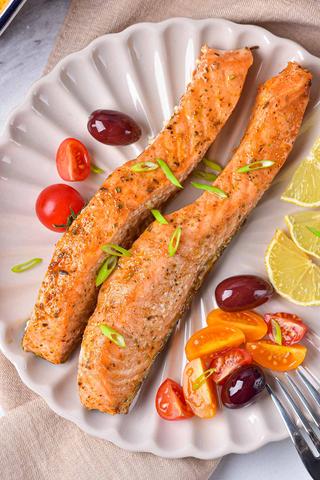
Salmon is a delicious and nutritious fish that can be prepared in various ways. One popular method is baking it, which results in a mouthwatering dish that is both flavorful and tender. In this recipe, we will guide you through the steps of baking salmon at 350 degrees Fahrenheit, ensuring a perfectly cooked piece of fish every time.
Ingredients:
– 1 pound of fresh salmon fillets
– Salt and pepper to taste
– Olive oil for drizzling
– Lemon slices for garnish (optional)
– Fresh herbs like dill or parsley for garnish (optional)
Instructions:
1. Preheat your oven to 350 degrees Fahrenheit.
2. Place the salmon fillets on a baking sheet lined with parchment paper or aluminum foil.
3. Season the fillets with salt and pepper on both sides, ensuring an even coating.
4. Drizzle olive oil over the seasoned fillets, lightly coating them.
5. If desired, place lemon slices on top of each fillet for added flavor and presentation.
6. Bake the salmon in the preheated oven for about 12-15 minutes, depending on the thickness of the fillets. The internal temperature should reach 145 degrees Fahrenheit when measured with a food thermometer.
7. Once cooked, remove the salmon from the oven and let it rest for a few minutes before serving.
8. Garnish with fresh herbs like dill or parsley if desired.
9. Serve hot and enjoy your mouthwatering baked salmon!
Baking salmon at 350 degrees allows it to cook gently and evenly throughout, resulting in a moist and flaky texture. The cooking time may vary slightly depending on the thickness of your fillets, so it’s essential to monitor their internal temperature. This recipe is versatile and can be customized with various seasonings and toppings to suit your taste preferences. Whether you’re hosting a dinner party or simply craving a healthy meal, this baked salmon recipe is sure to impress!
9. “Bake Like a Pro: Perfectly Cooked Salmon at 350 Degrees”
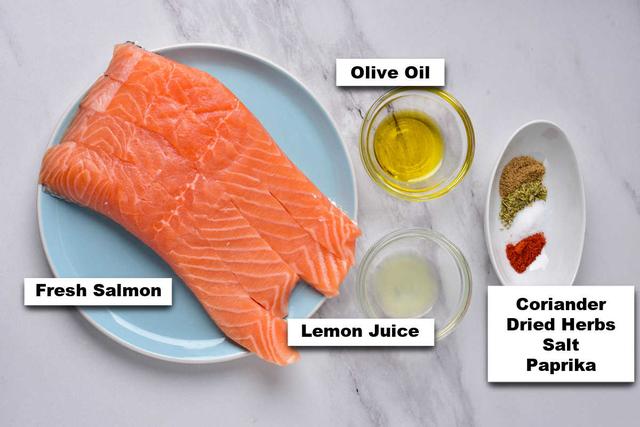
Introduction
Cooking salmon to perfection can be a daunting task, but with the right technique and temperature, you can achieve a deliciously cooked piece of fish every time. In this guide, we will share our tips on how to bake salmon like a pro at 350 degrees Fahrenheit.
Preparing the Salmon
Before you start baking the salmon, it is important to properly prepare it. Begin by selecting fresh salmon fillets that have been properly cleaned and deboned. Pat the fillets dry with paper towels to remove any excess moisture. This will help ensure even cooking and prevent the fish from becoming too watery.
Seasoning and Flavoring
To enhance the flavor of your baked salmon, consider marinating or seasoning it before cooking. You can use a variety of seasonings such as lemon juice, garlic, dill, or soy sauce to add depth and complexity to the dish. Allow the salmon to marinate for at least 30 minutes before baking to allow the flavors to penetrate the fish.
Baking Process
Preheat your oven to 350 degrees Fahrenheit (175 degrees Celsius). Place the seasoned salmon fillets on a baking sheet lined with parchment paper or aluminum foil. This will prevent sticking and make cleanup easier. Bake the salmon for approximately 12-15 minutes per inch of thickness. The internal temperature should reach 145 degrees Fahrenheit (63 degrees Celsius) when fully cooked.
Tips for Perfectly Cooked Salmon
– Avoid overcooking the salmon as it can result in dry and tough meat.
– Check for doneness by gently inserting a fork into the thickest part of the fillet; if it flakes easily, it is ready.
– Let the salmon rest for a few minutes after baking to allow the juices to redistribute and the fish to firm up.
– Serve your perfectly cooked salmon with your favorite side dishes or atop a bed of fresh greens for a healthy and satisfying meal.
In conclusion, baking salmon at 350 degrees Fahrenheit is an excellent way to achieve perfectly cooked fish. By following these tips and techniques, you can impress your family and friends with a delicious and flavorful salmon dish. Enjoy!
10. “Quick and Healthy Dinner Option: Baking Salmon at 350 Degrees”
Introduction
Baking salmon at 350 degrees is not only a quick and easy dinner option, but it is also a healthy choice. Salmon is packed with omega-3 fatty acids, which are beneficial for heart health and brain function. By baking the salmon instead of frying or grilling it, you can retain its natural flavors and nutrients. Here are some tips on how to bake salmon at 350 degrees for a delicious and nutritious meal.
Preparation
Before baking the salmon, make sure to properly prepare it. Start by preheating your oven to 350 degrees Fahrenheit (175 degrees Celsius). While the oven is heating up, rinse the salmon fillets under cold water and pat them dry with paper towels. Season the fillets with salt, pepper, and any other desired herbs or spices. You can also drizzle some olive oil over the fillets to keep them moist during baking.
Baking Process
Place the seasoned salmon fillets on a baking sheet lined with parchment paper or aluminum foil to prevent sticking. Make sure there is enough space between each fillet for even cooking. Place the baking sheet in the preheated oven and bake the salmon for about 12-15 minutes per inch of thickness. The internal temperature of the salmon should reach 145 degrees Fahrenheit (63 degrees Celsius) when fully cooked.
During baking, avoid opening the oven door frequently as this can cause fluctuations in temperature and affect the cooking time. However, you can check for doneness by gently inserting a fork into the thickest part of one of the fillets – if it flakes easily, then it is ready.
Serving Suggestions
Once baked, remove the salmon from the oven and let it rest for a few minutes before serving. This allows the juices to redistribute and the flavors to intensify. Baked salmon pairs well with a variety of side dishes such as roasted vegetables, steamed rice, or a fresh salad. You can also squeeze some lemon juice over the salmon for added brightness.
Baking salmon at 350 degrees is a quick and healthy dinner option that can be enjoyed by the whole family. With minimal preparation and cooking time, you can have a delicious and nutritious meal on the table in no time. So next time you’re looking for an easy and satisfying dinner idea, give baking salmon a try!
In conclusion, baking salmon at 350 degrees Fahrenheit for approximately 12-15 minutes is recommended for a perfectly cooked and flavorful dish. However, it’s essential to consider the thickness of the salmon fillet and adjust the cooking time accordingly to achieve the desired level of doneness.
Learn More About Grilling
If you want to learn more about grilling, check out these other helpful resources!

